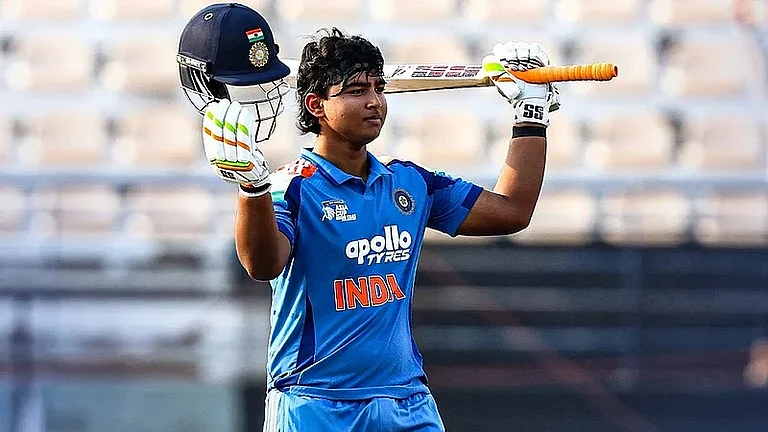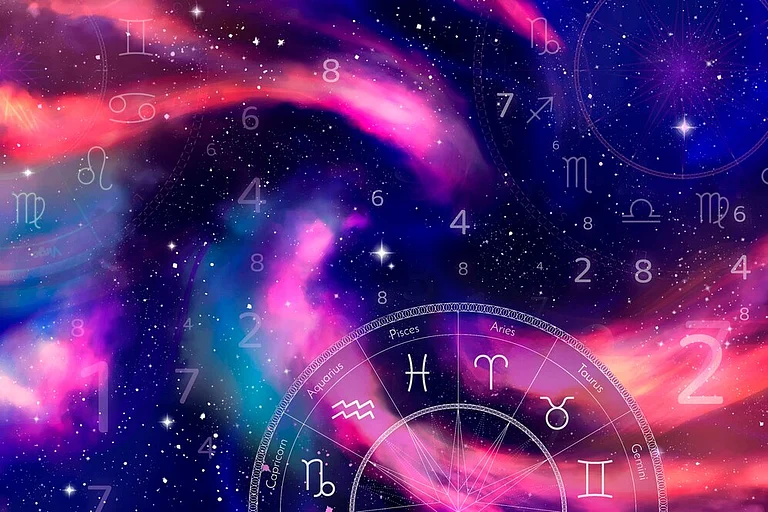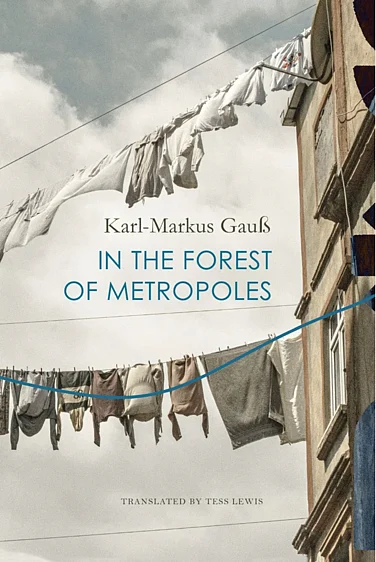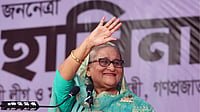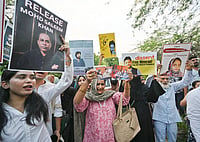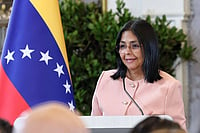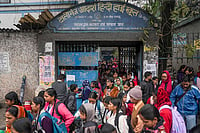The discovery of Sanskrit in the eighteenth century was a sensational event in the intellectual history ofEurope. Universities of the western world vied with one another to establish departments of Sanskrit andIndian studies. But in recent decades, India has lost its shine. From a major civilisation and one of thefounts of high culture it has declined into an underdeveloped economy, with the result that its very name hasdisappeared from faculty nomenclature. Today, you will only find departments of South Asian Studies in whichIndian civilisation and Sanskrit heritage rarely find a place. It is the age of area studies, reflecting thehold of foreign offices on academic thinking. One would not be wrong in supposing that if the naming of theoceans were being done now, an ocean would not have been named after India. Among the early birth places ofhigh civilisation, Greece and China are lucky to be identified in their own right unlike India.
So it is a welcome change to find a big fat book devoted mainly to Indian literature although the titlefights shy of mentioning India. Its editor describes it as "a history of the literary history of SouthAsia". Of its thousand pages, fewer than a hundred are accounted for by Sri Lanka and Tibet. Pakistan andBangladesh barely get a mention. What we have is a panorama of the numerous literatures of India, withstimulating insights into the Indian imagination at work from the days of Valmiki, the Adikavi or first poet,down to our own days when Indian writing is identified with the novels of the likes of Salman Rushdie andArundhati Roy in English. The writing is studiedly academic but not so turgid as to be off-putting. Thepatient reader not only makes the acquaintance of some of the great books of India he might not have known butis also rewarded with glimpses into the life and work of extraordinary authors such as Jagannatha Pandita,Appayya Dikshita, Samayasundar, Sarvajna and Madhusudan Dutt.
The main difference between a history of literature and a history of literary cultures in the words of theeditor, Sheldon Pollock, is that the latter examines the social conditions under which literary creation cantake place such as the relations between court, monasteries and the common people. Pollock propounds a thesis,with which the other contributors seem to be in agreement, to the effect that authors in India were alwaysmultilingual. In the earliest years, they had to know Sanskrit in addition to their own regional language. Insubsequent centuries, Persian became not just the court language but the vehicle of interregionalcommunication, until English supplanted it with the rise of colonialism, capitalism and Christianity under theBritish who claimed a civilising role for themselves. English has been holding its own despite Independence,although it has to come to a living arrangement with Hindi.
Professor Pollock is a Sanskritist but his views on Sanskrit would not be to the liking of the erstwhilerulers of India, who are convinced that it is not only the oldest language of the world but perfect in everyrespect. (One of his papers was called 'The Death of Sanskrit'. And he seems to believe that the Ramayana waswritten after the Mauryan era.) In his essay in this book he makes the grudging admission that "Unlikeold Greek literature which ended with a single political act, the closing of the Academy by Justinian in 529,Sanskrit literature knows no abrupt or singular moment of termination. Instead like the late history of Latin,Sanskrit's literary decline was entropic. Because of this very entropy, Sanskrit, like Latin, though not soself-consciously, was the object of periodic renewals." This does not do adequate justice to the role ofSanskrit in sustaining the growth of the mother tongues by providing subject material, literary forms,inspiration and aesthetic sensibilities. Pollock seems to be on shaky ground when he maintains that Sanskritliterary theory is a late development.
But the one point where even a non-Sanskritist would disagree with Pollock is in his definition of Sanskritliterature. He insists that we should go by the criterion developed in Sanskrit literary theory regarding whatis a kavya and what is not. The proposition that puranas and itihasas should be excludedfrom the class of kavyas is of doubtful validity in our age in which we are ready to include Thucydides,Gibbon and Mommsen in the category called literature.
While Pollock might have ruffled the feathers of many dyed-in-the-wool Sanskritists, he has rendered aservice by pointing out the contribution of Sanskrit in endowing us with a vast spatial vision. India acquireda different kind of spatial vision with the adoption of Persian as the language of the court and of commerce.Akbar declared Persian to be the language of administration and besides the Muslim elite a substantial numberof Hindus, notably the Kayasths and the Khatris, acquired proficiency in the language. Long before the Mughals,Amir Khusrau had asserted his right to speak his own brand of Persian when he declared: "Since I am anIndian parrot, to tell the truth, Ask me in Hindvi, that I may respond to you with elegance."
Muzaffar Alam's essay on the 'Culture and Politics of Islam in Precolonial Hindustan' describes how theruling classes of the time attempted to make India a part of the Perso-Islamic world and delineates the impactof Persian on the vocabularies and literatures of India. Hindvi, as the Persian dialect evolved in India cameto be called, had a vital role to play in the making of Urdu. A whole section consisting of four chaptersexamines the complex relationship between Urdu and Hindi, the 'close but contestatory' twins who were not ableto coexist because of their political and religious affiliations. In an insightful essay Harish Trivedi arguesthat Gandhi's contention that Urdu and Hindi were the same language written in two different scripts failed tofind acceptance. His attempt at sponsoring Hindustani as the national language was foredoomed to failurebecause of the deep emotional chasm between the speakers of the two languages. The employment policy of theBritish, who gave Muslims a preponderant share of government jobs, 63.9 per cent in 1857 and 45.8 per cent in1886-7, although they formed only 14 per cent of the population, had created great resentment which fed thepolitical antagonism between the two communities. The Nagari Pracharini Sabha aligned itself with the Congresseven as the Anjuman Taraqq-i-Urdu sided with champions of the two-nation theory and the chairman of theAnjuman was constrained to remark that "Pakistan was not created by Jinnah, nor was it created by Iqbal;it was Urdu that created Pakistan."
Trivedi writes with great understanding about the problems that Hindi faces in independent India. It is themost widely spoken language in the country and in demand by the worlds of commerce, entertainment andadministration but forced to share the honours with English. If some people complain that Hindi is becomingincreasingly Sanskritised, it has to be borne in mind that that is enabling Hindi to move closer to the otherlanguages of our country. For some time to come both Hindi and English are bound to inhabit 'the domesticspace of the Indian nation, with Hindi as the fading jethani and the younger English as the moreindulgent devrani.'
Vinay Dharwadkar's essay on English in India is a masterpiece. Within 80 pages or so he has packed aprodigious amount of historical insight and he also manages to take note of the achievements of individualauthors. Norman Cutler, D.R. Nagaraj, Velcheru Narayana Rao, Rich Freeman and Sitamshu Yashaschandra haveadopted different approaches to bring out some of the remarkable literary treasures in Tamil, Kannada, Telugu,Malayalam and Gujarati.
But even a thousand pages do not seem to do justice to several large chunks of our national literaryexperience. The treatment of Bhakti literature is very inadequate. While Chaitanya's importance to Bengali isalluded to, there is no mention of the Warkari movement of Maharashtra, which was a remarkable example of lifebeing transformed by literature. But those who have edited anthologies know how difficult it is to ensure thatthey are comprehensive. The gaps do not take away from the value of what is one of the most thought-provokingbooks on the Indian intellectual heritage to come out in recent times.
A shorter version of this review appears in the print magazine







